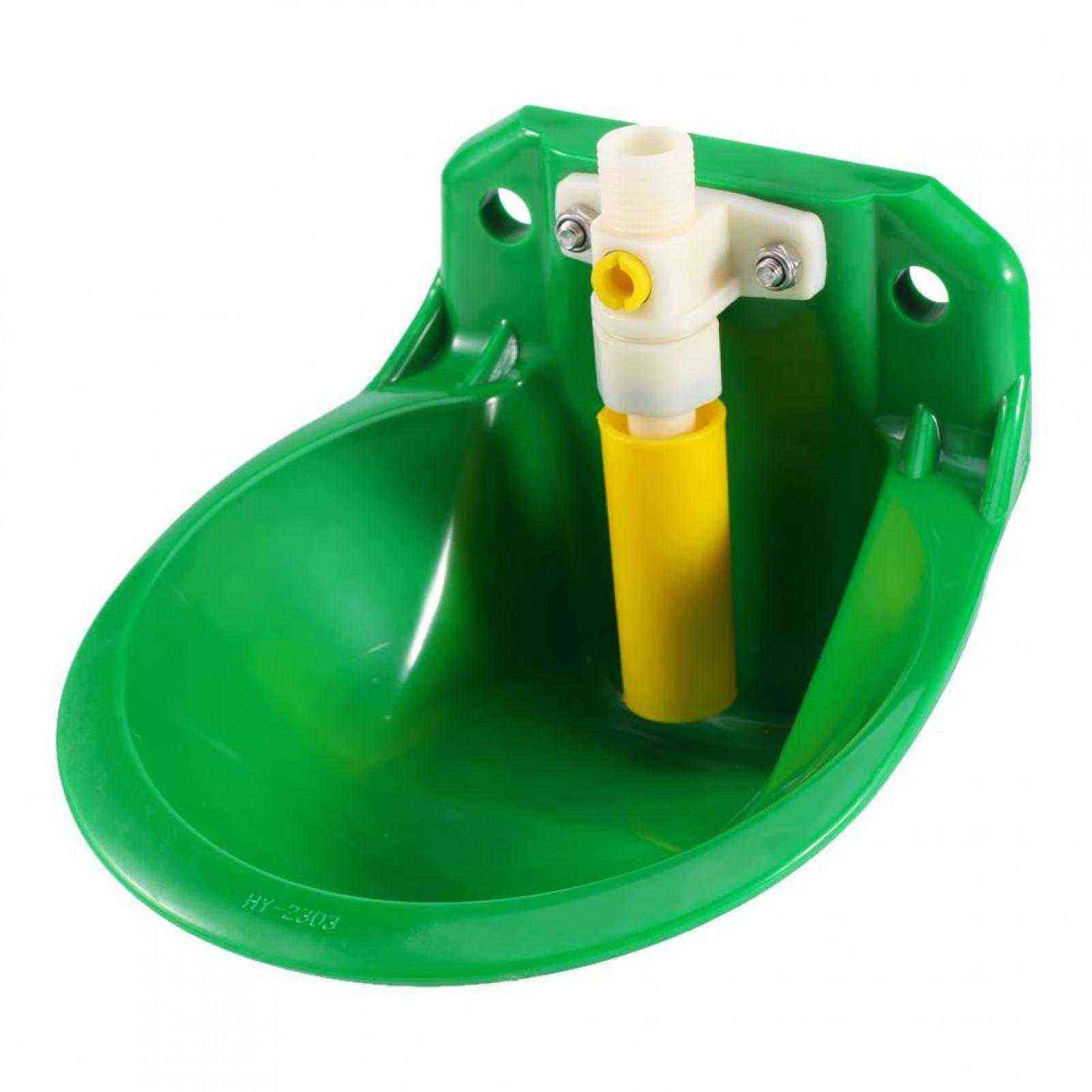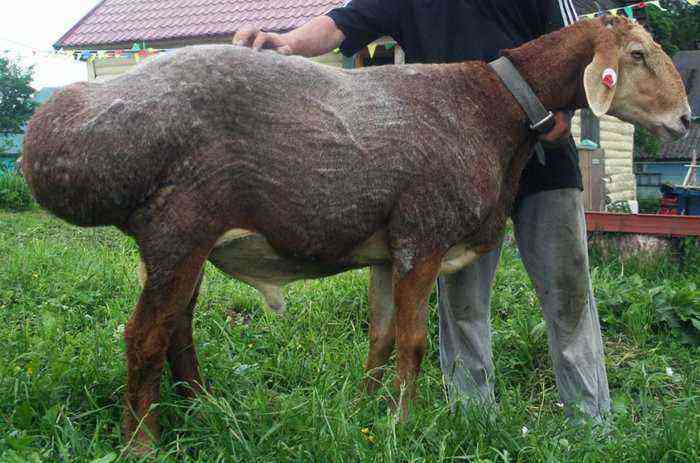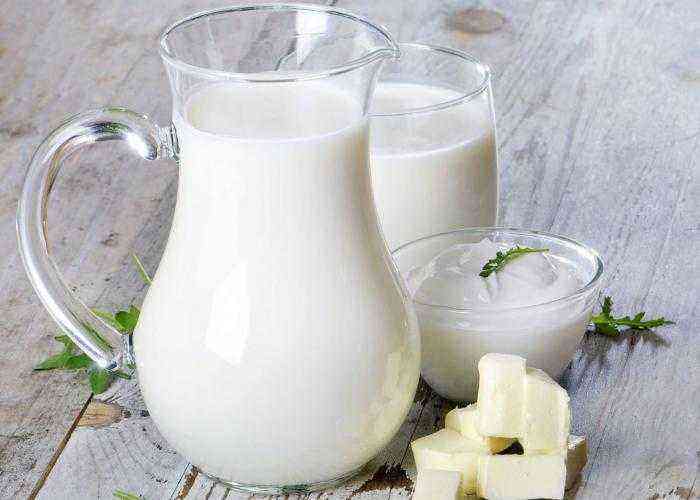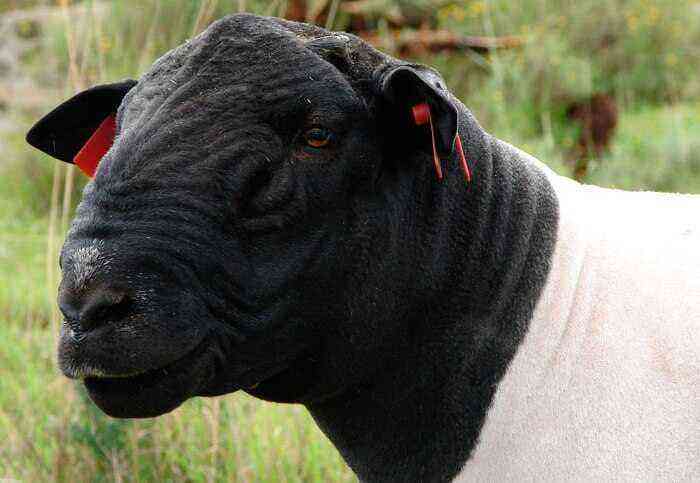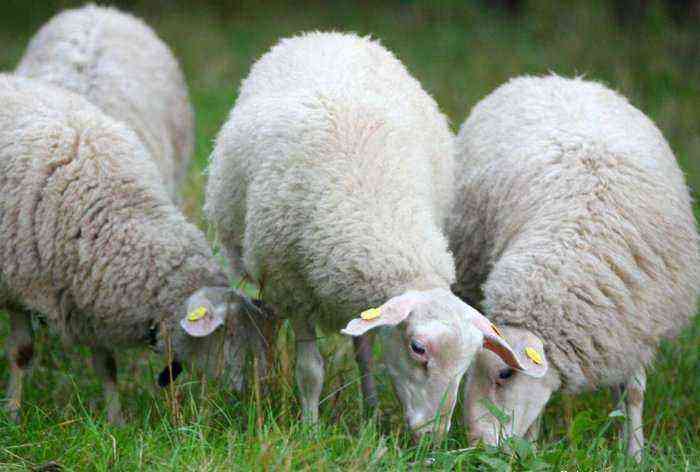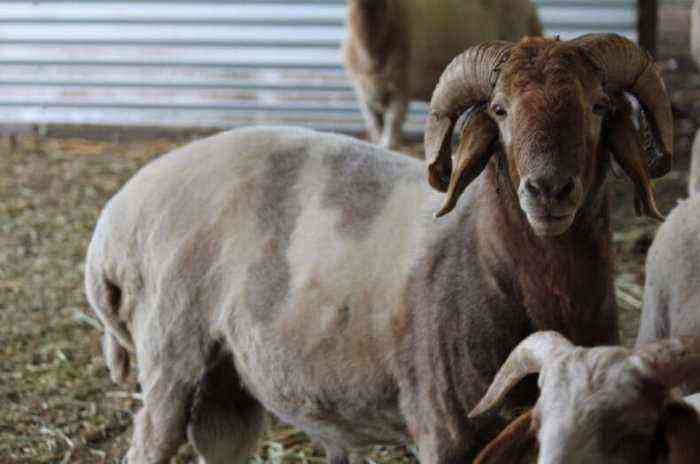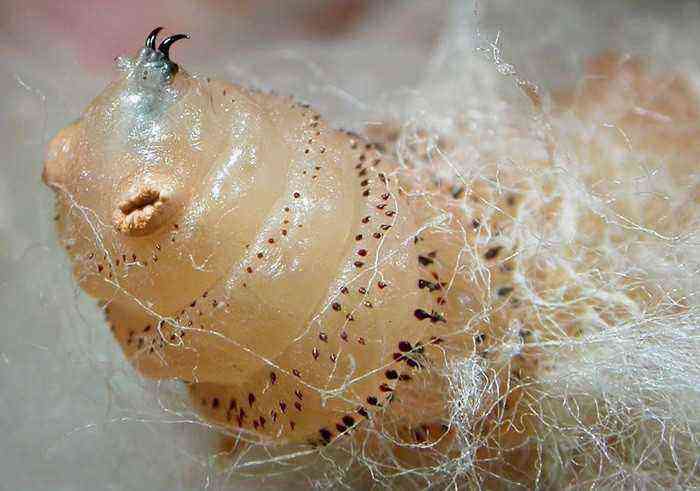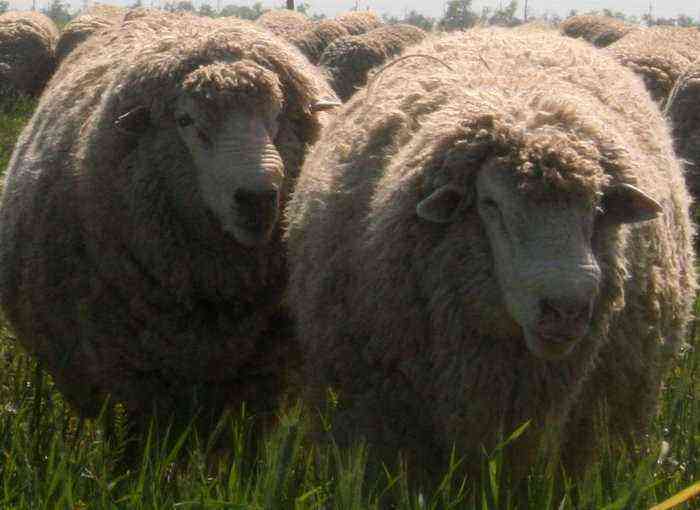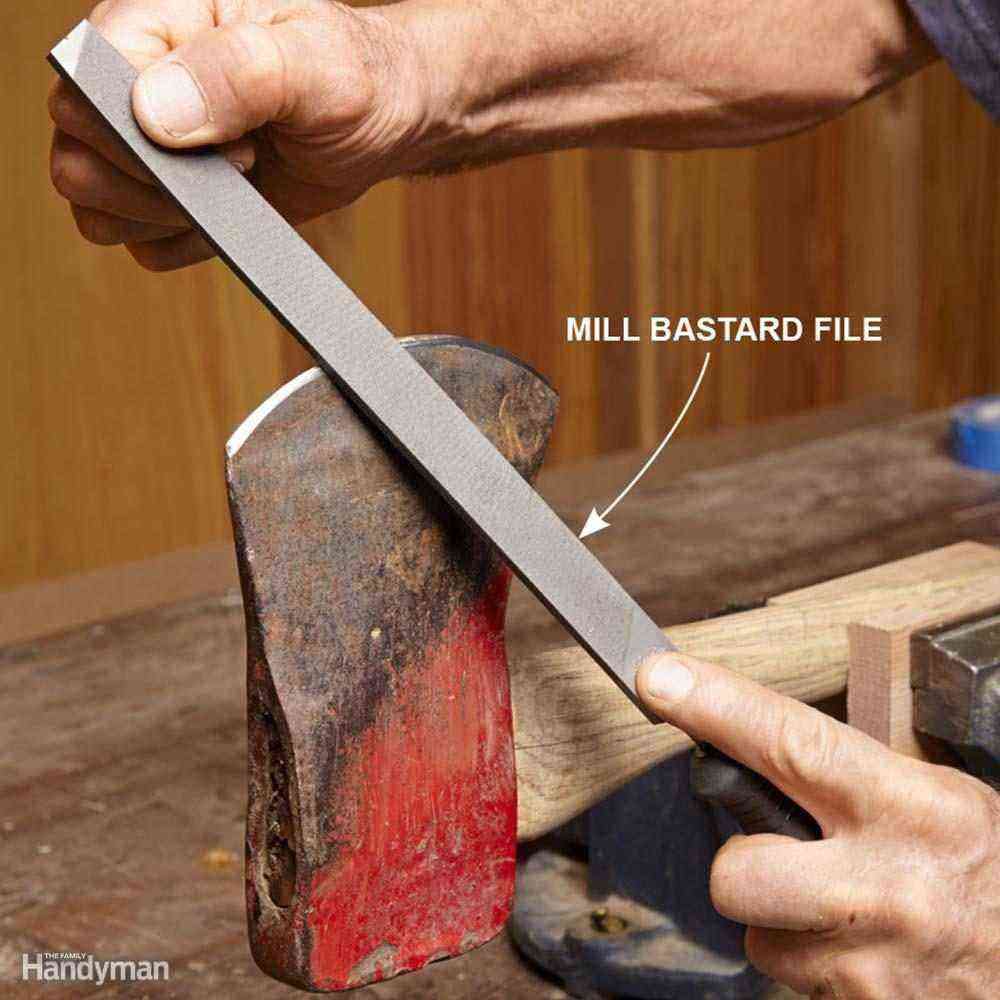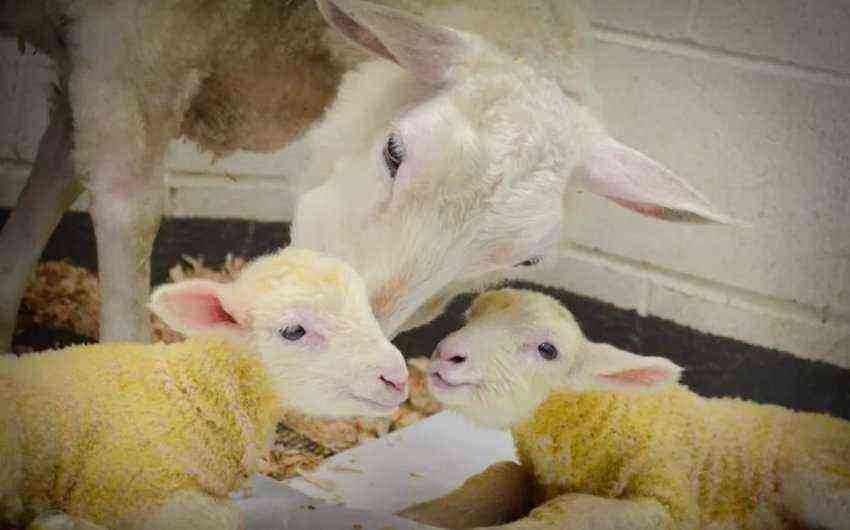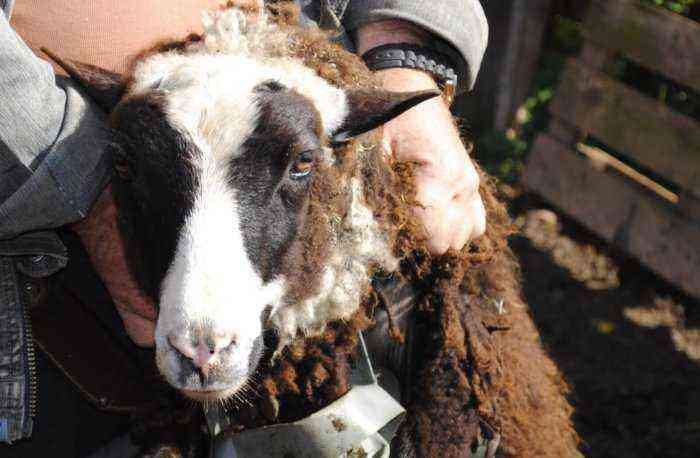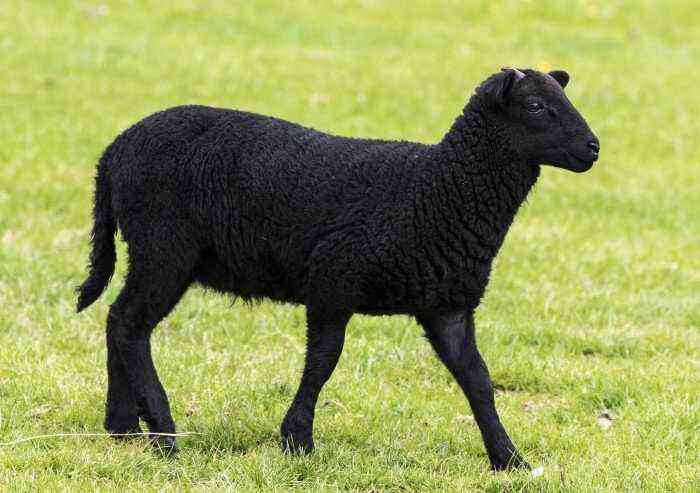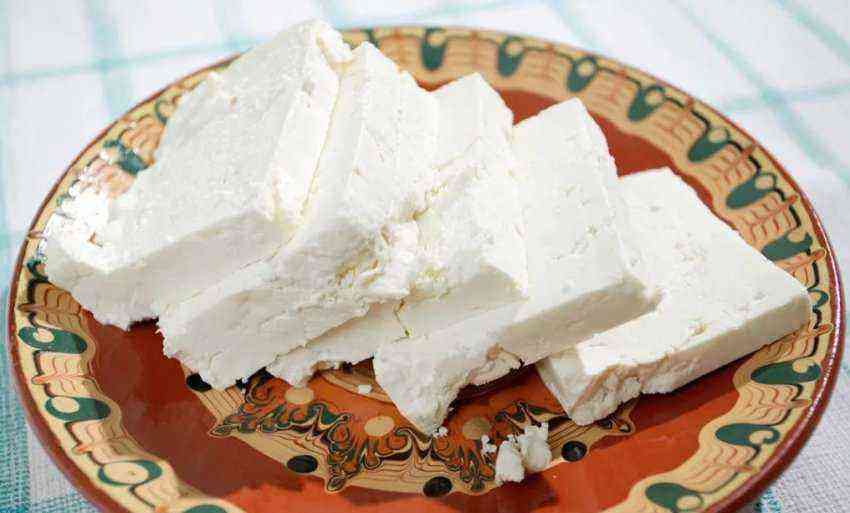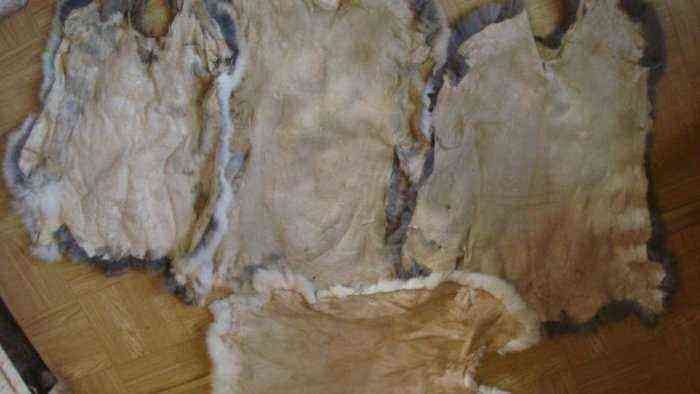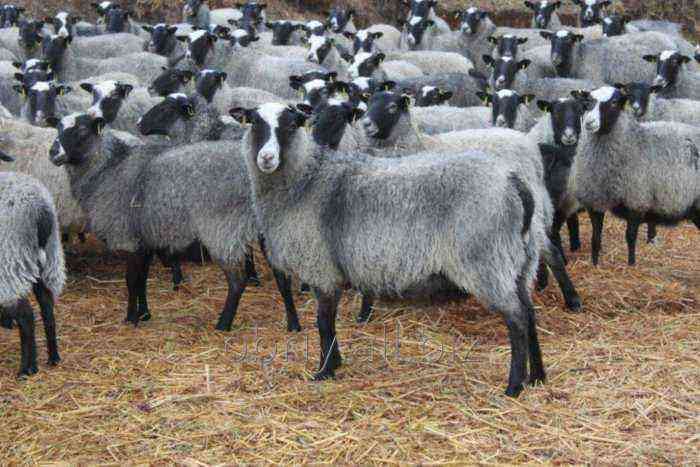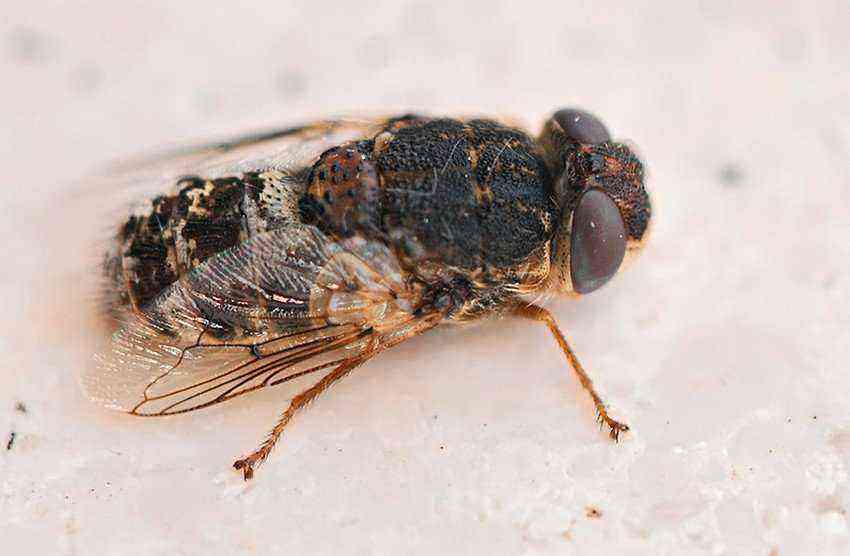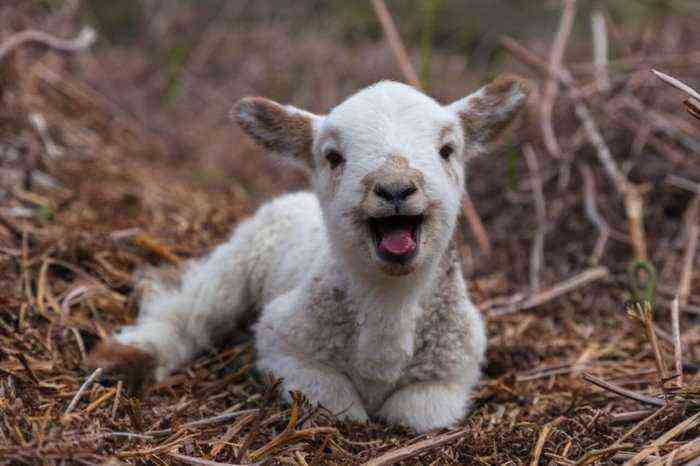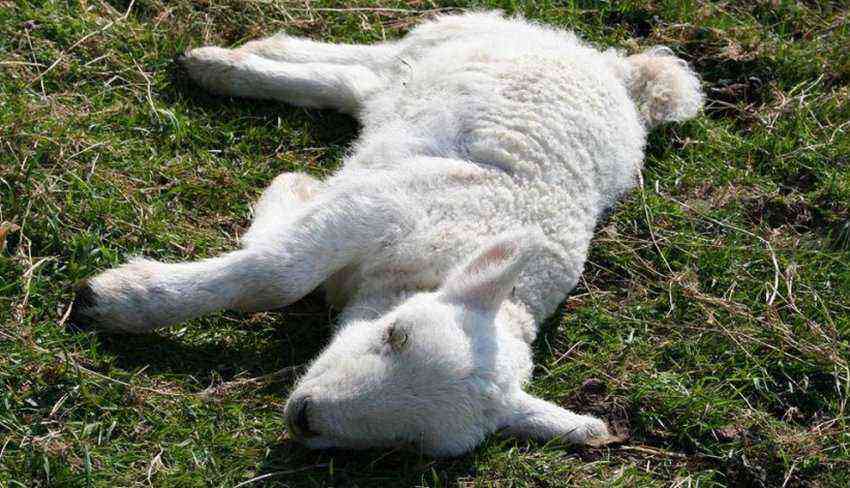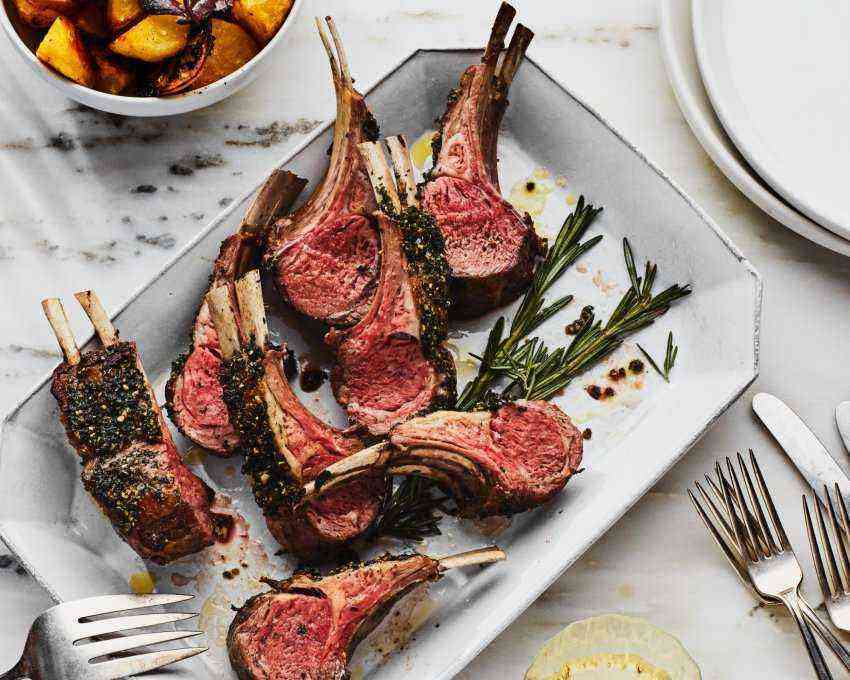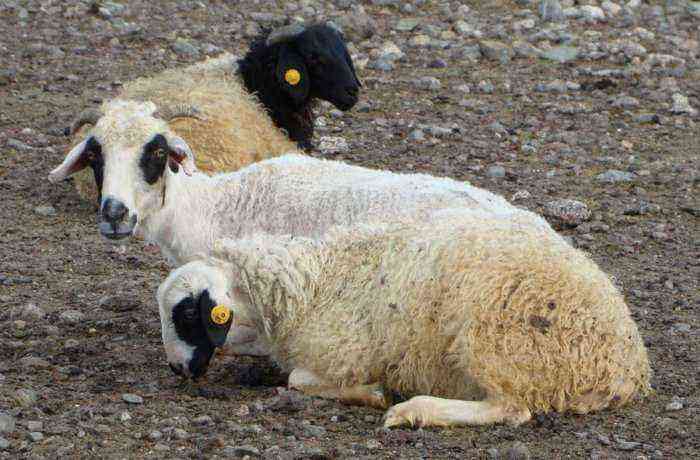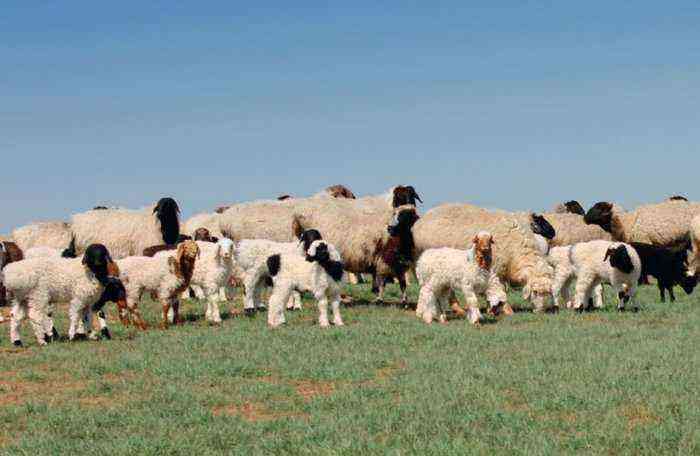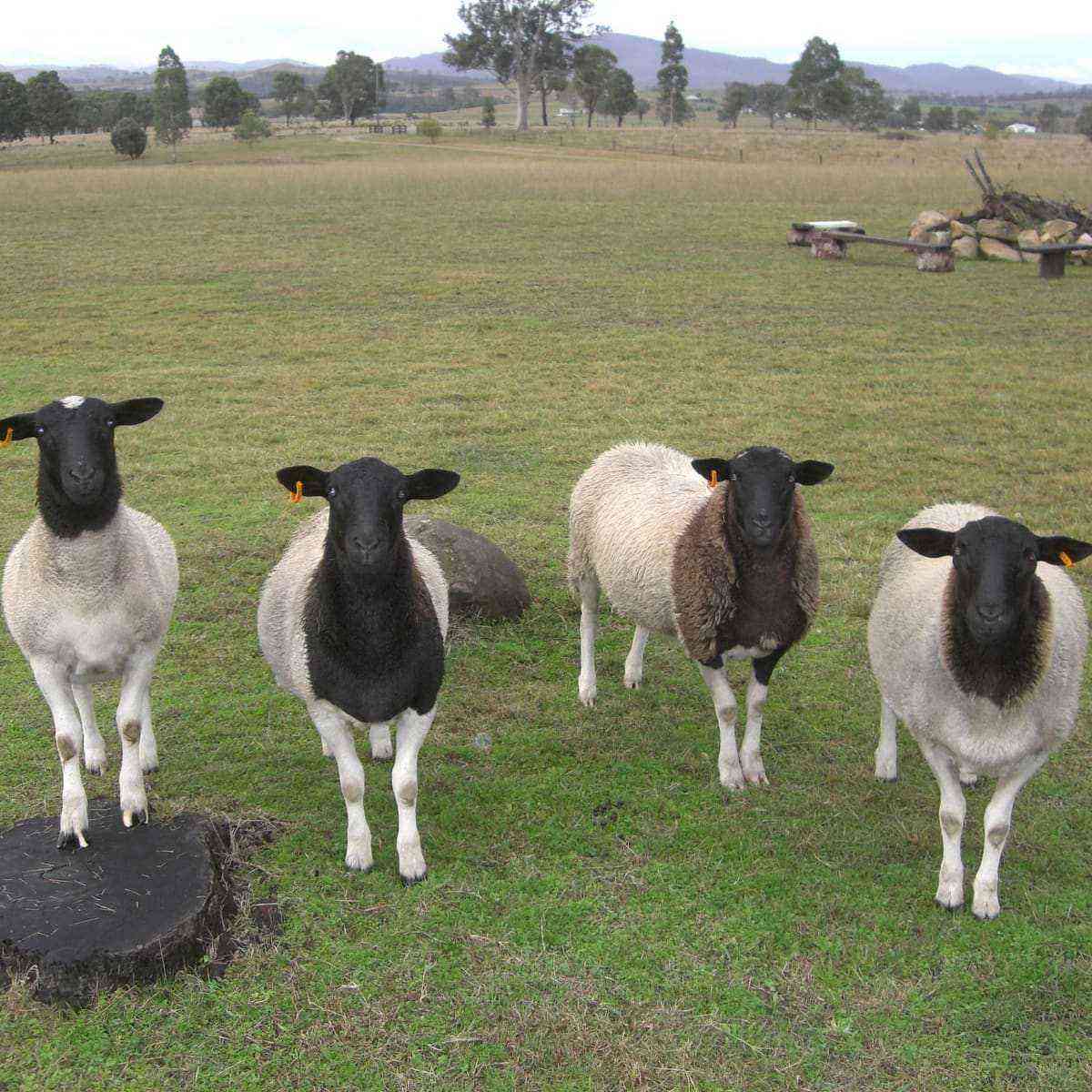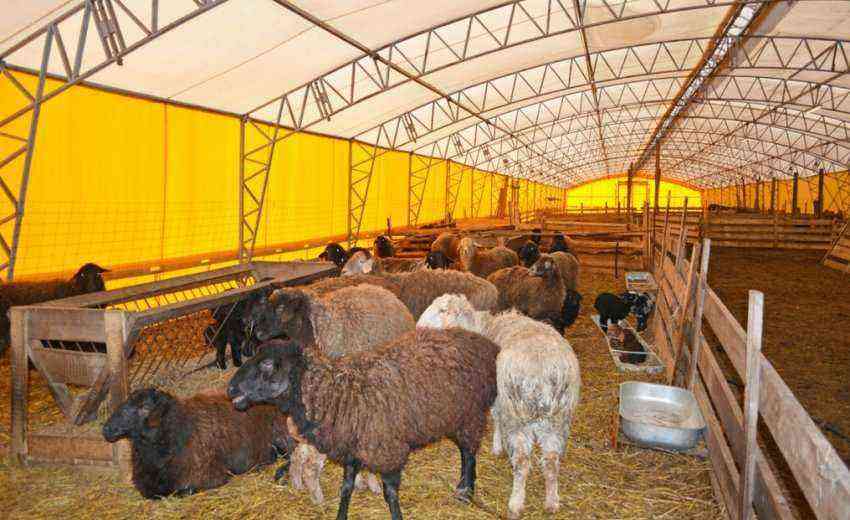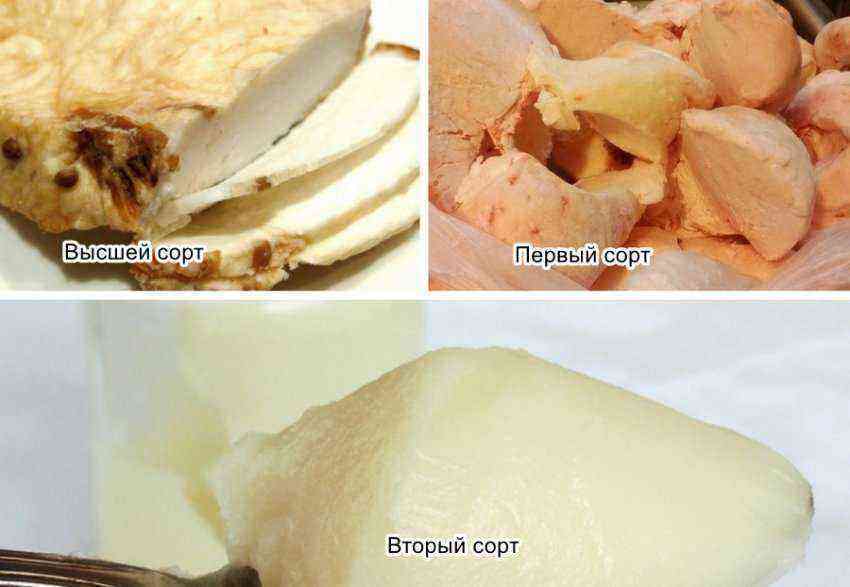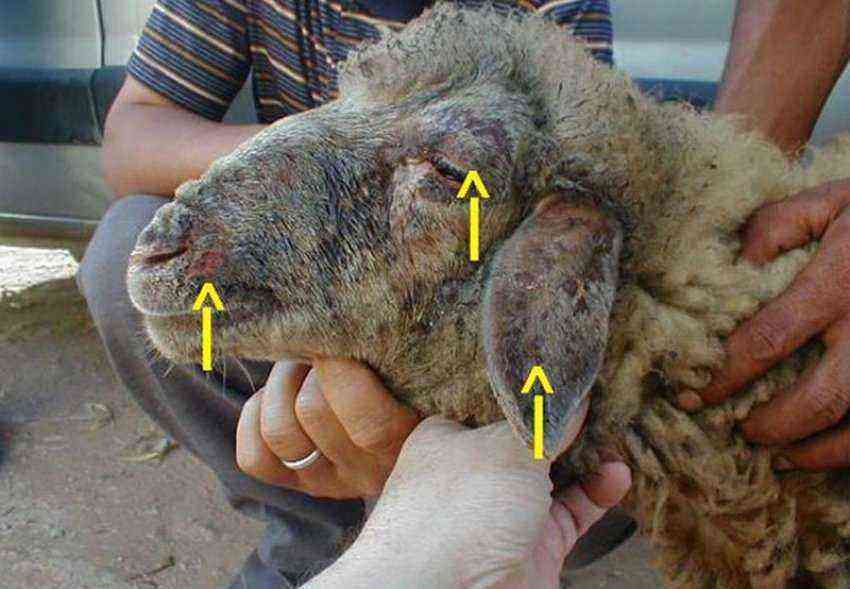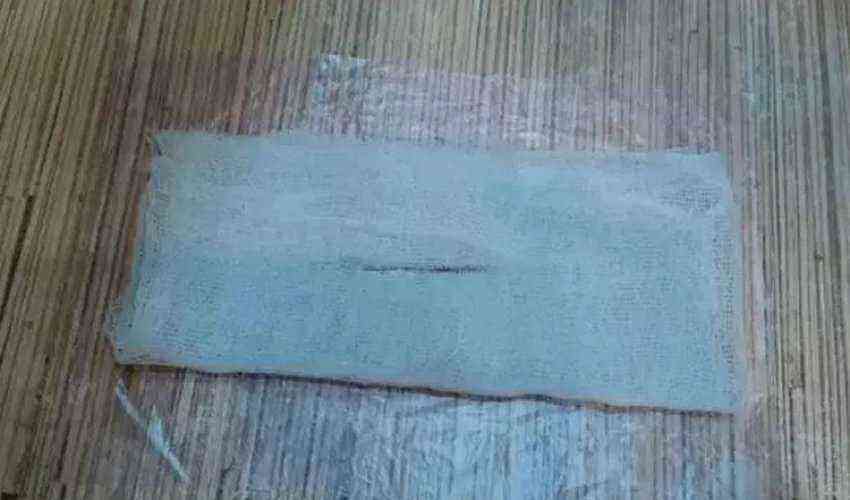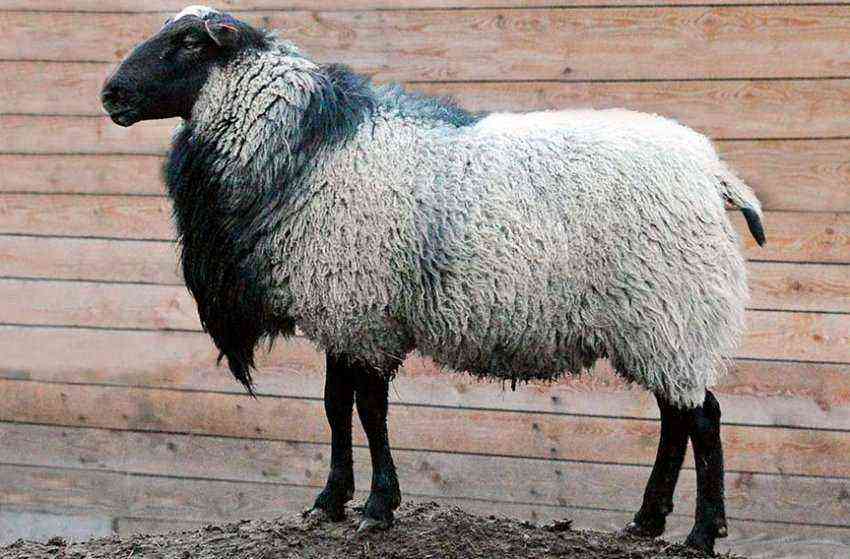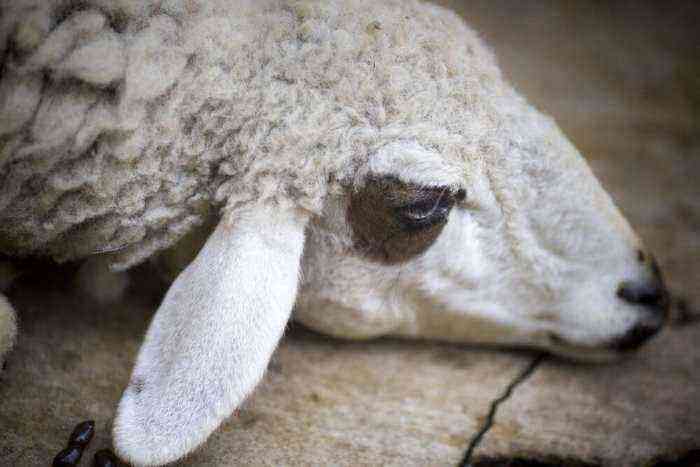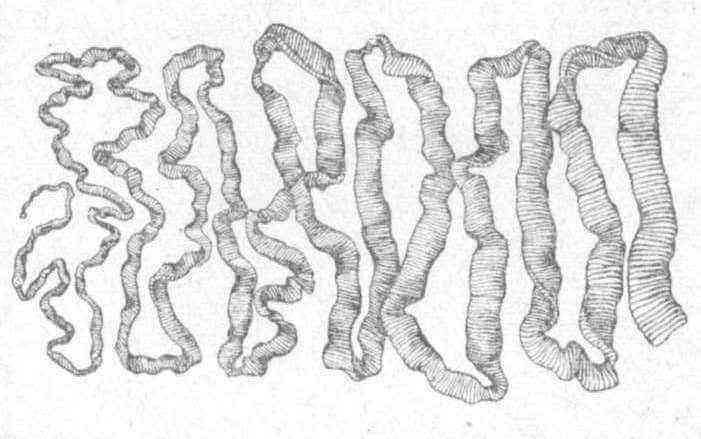The fat-tailed sheep has a distinctive feature: it accumulates fat in the area of the sacrum, which in appearance resembles a camel’s hump. This variety of sheep is considered the most productive and enduring. The article will tell you which breeds belong to fat-tailed ones, what requirements must be observed when keeping and breeding them.
fat-tailed sheep
Features of the fat tail breed
Fat-tailed sheep have existed for several centuries, and according to some sources – millennia. It is not known for certain whether they were brought out on purpose or they appeared in the course of evolution. The first animals with a fat-tailed pouch on their rump lived in Asia. Kurdyuk is a distinctive feature of these sheep. It accumulates nutrients and liquid, which the sheep spend in case of a shortage of food. Under good conditions of detention and good nutrition, its weight reaches 30 kg.
Attention! Kurdyuk may be in the form of hemispheres or pillows hanging down to the hocks of the animal’s limbs.
External characteristics
Fat-tailed sheep of different breeds differ:
- strong physique;
- deep and powerful chest;
- long limbs;
- small head;
- narrow muzzle, which is slightly extended forward;
- drooping ears;
- monophonic color of wool of different suits;
- the average weight of a ram is 85-90 kg, and that of a uterus is 60-70 kg.
Fat-tailed sheep are not the owners of high-quality fleece. Although it is thick, but thick, it is used mainly for the manufacture of technical fibers. The average amount of wool obtained from fat-tailed breeds is no more than 4 kg per male, and only 2-2,5 kg per year can be sheared from females.

Fat-tailed sheep and rams
Advantages
These animals are very hardy. They are able to move long distances, while feeding on scarce steppe vegetation. Endurance is not the only advantage of fat-tailed breeds. Consider their advantages:
- Early maturity. Little lambs are rapidly gaining weight, their daily gain reaches 300 grams. A seven-month-old lamb weighs 45-47 kg.
- Unpretentiousness in nutrition. Animals are able to find their own food even on poor pastures. In summer, they do not need additional food, they are content only with pasture, and at the same time their weight increases.
- Sheep are not afraid of heat or cold.
- These animals provide farmers not only with wool, but also with meat, milk and lard.
Attention! Fat-tailed sheep are poorly oriented on the ground. Lagging behind the herd, they will not be able to find their way home.
Fat tail fat is highly valued. It is used for cooking, including confectionery. This product is often used as a preservative. It has a lot of useful properties.
Breed overview
From ancient fat-tailed sheep, modern breeds were bred, adopting their best properties from their ancestors. They differ from each other in the constitution of the body, the quality of the wool and other features. Consider popular fat tail breeds.
Гиссарская
This breed appeared thanks to the efforts of Tajik and Uzbek rural breeders. They crossed fat-tailed queens with local rams. The name was given to the new breed with reference to the region where it was bred, and this happened on the Gissar mountain range, which crosses the territory of Uzbekistan and Tajikistan.
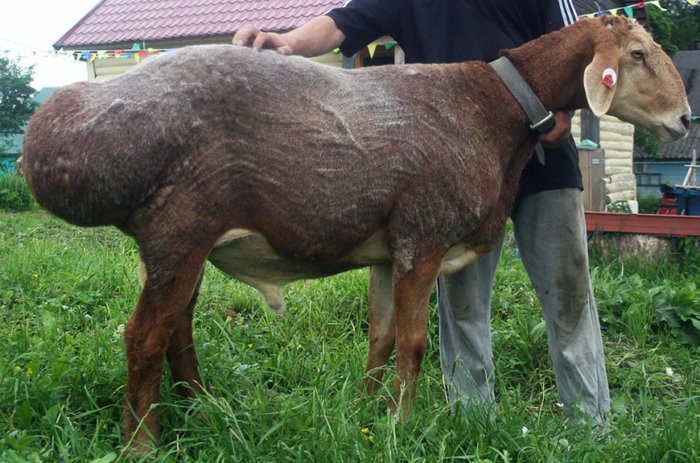
Hissar sheep
The sheep of the Hissar breed have the following external characteristics:
- heavy bones;
- wide chest;
- disproportionately small head;
- hooked nose;
- horns are absent;
- thin and long limbs;
- coarse wool of black, brown or white color;
- height at the withers 80-85 cm;
- the average weight of an adult is 80-100 kg.
Since the wool of the Hissars is not highly valued, and the annual shearing from them is small, it is more profitable to breed these sheep in order to obtain meat, lard and milk. Young animals at the age of 4-5 months are suitable for slaughter, their meat is tender and juicy, and the slaughter yield at this age reaches a maximum of 60%. These animals are sheared in spring and autumn, because in extreme heat the hairline creates inconvenience.
Attention! Hissar is the largest breed of fat-tailed sheep.
Kalmyk
This breed owes its origin to the Mongols. In the 17th century they entered the territory of modern Russia. The sheep they brought with them crossed with local breeds, as a result a new variety of fat-tailed sheep was obtained, and it was called Kalmyk.

Kalmyk sheep
One of the advantages of these animals is their ability to adapt to difficult conditions of existence. They are hardy and unpretentious, like their ancestors, who had to travel great distances with the nomads.
External characteristics:
- high growth;
- the skeleton is massive;
- well developed chest;
- the body is knocked down, voluminous;
- limbs strong, sinewy, long;
- the suit is white, red or black;
- coarse wool;
- fat tail mass – 17 kg;
- the average weight of a Kalmyk ram reaches 90-110 kg, lambs – 50-70 kg.
Kalmyk fat-tailed sheep are bred for meat and fat. Their wool is very coarse, so it is not highly valued. It is suitable for the production of carpets, cloaks, felted shoes and other warm products.
Edilbaevskaya
About 200 years ago, Kazakh sheep breeders crossed local fat-tailed sheep with representatives of coarse-haired breeds brought from Astrakhan. The resulting breed absorbed the best qualities of their ancestors – the ability to eat sparse vegetation, move long distances, and normally endure heat and cold.
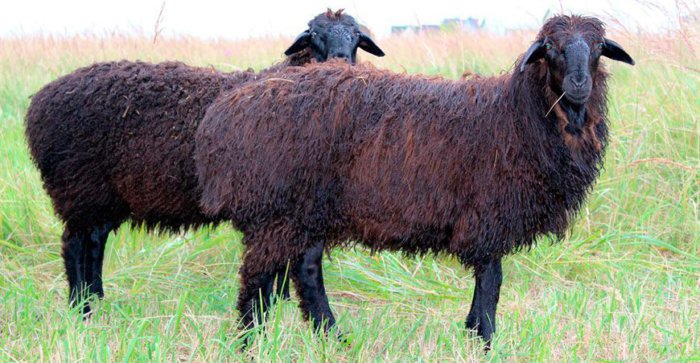
Edilbaevsky sheep
External characteristics:
- the animals are quite tall, the height at the withers reaches 85 cm;
- body length – 80-90 cm;
- chest volume – 90-100 cm;
- sheep weight – 100-110 kg, uterus – 60-70 kg;
- suit – red, brown or black;
- horns are absent;
- coarse wool, used in the carpet industry.
The advantage of the Edilbaevskaya breed is precocity. Lambs are born weighing no more than 6 kg, but already at the age of four months their weight increases to 40 kg, while the fat tail weighs 4 kg. At 4-5 months, the slaughter yield of lamb reaches 60%.
Features of breeding fat-tailed sheep
It is possible to achieve success in breeding fat-tailed sheep if you adhere to the main rule: individuals for the tribe are selected carefully, not allowing sick or immature animals to mate.
The herd is formed at an early age, when the lambs are weaned from the ewes. Subsequent selection is carried out at the age of one. Individuals with defects in teeth, hooves and other shortcomings are subject to culling. Usually, two rams with the best performance are left as producers.
Sheep are allowed to mate at the age of 16-18 months. Pregnancy lasts about 145 days. Lambing in sheep is easy, complications are rare. Each offspring may have 1 or, less commonly, 2-3 lambs. This indicator depends on the breed of sheep. After lambing, the sheep feeds the lambs for 4 months, after which the babies are weaned. The ewe must recover after giving birth, otherwise problems will arise with subsequent pregnancy.
Attention! Although the life expectancy of a fat-tailed sheep reaches 25 years, it is beneficial for the farmer to use it for 6-7 years, when its productivity and fertility rates are highest.
Maintenance and feeding
Fat-tailed sheep are undemanding to the conditions of detention. In the summer they spend almost all the time on the pasture, and in the winter they are driven into the sheepfold. Animals suffer from dampness and drafts, so the pens need to be insulated. The optimum temperature inside is 7-8 degrees Celsius. For ewes that have lambed, they equip separate compartments where the temperature is maintained at +18 degrees.

Fat-tailed sheep are undemanding to the conditions of detention
There must be ventilation in the pen, otherwise the air inside will be saturated with hydrogen sulfide and ammonia fumes that are harmful to health. A prerequisite is dry bedding, in its role is hay or sawdust. You need to make sure it stays dry and clean.
Attention! In order for the animals to be healthy and not die from dangerous infections, it is necessary to follow the vaccination plan.
The hooves of sheep and rams require attention – if you do not care for them, hoof rot develops. Three times a year they are cut and cleaned. Hoof inspection should be done at least once every 2 weeks. In the summer, you need to monitor the cleanliness of the sheep’s wool. It is recommended to treat it with repellents to protect against skin parasites and blood-sucking insects. The animals are bathed several times a year.
In summer, sheep eat only grass in the pasture, they do not need to be fed. Since autumn, vegetables, concentrates and hay are introduced into their diet. Food is distributed three times a day. Sheep should get plenty of drinking water when dried grass is included in their diet.
Attention! The transition to a winter diet is carried out gradually so as not to provoke digestive problems.
Fat-tailed breed of sheep gives valuable products – wool, meat, lard and milk. Warm clothes and shoes are made from coarse fleece, and cheese and cottage cheese are made from milk. Animal meat is healthy, nutritious and tasty, and fat tail fat has preservative properties and is used in cooking. These animals are distinguished by endurance, the ability to quickly adapt to any climate, they are unpretentious in nutrition and undemanding to the conditions of detention. For these qualities, fat-tailed sheep are valued.
